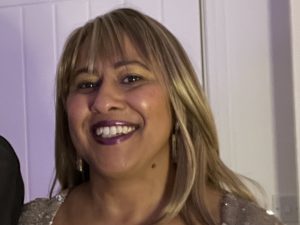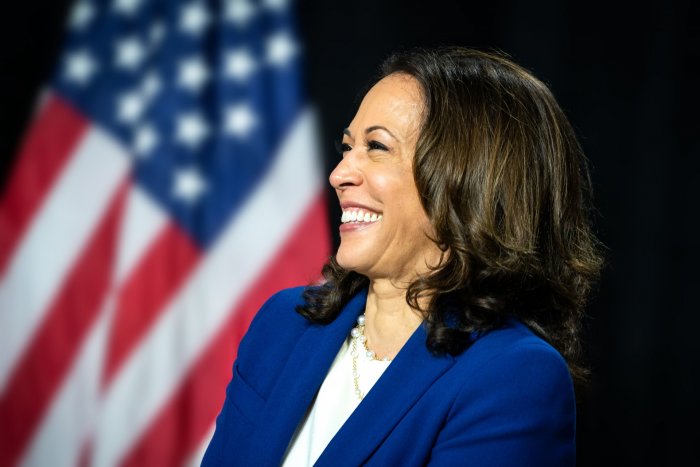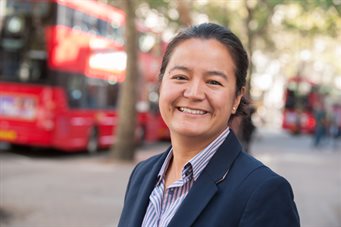I have been doing equality-related work in one form or another for what seems like forever. One of the perennial issues I have faced is how to get a wider audience ‘in the room’; how to get those that don’t see themselves as affected to join in. After all, gender equality is not a female issue. Race equality is not a person of colour’s issue. Rather, they are social and economic imperatives. Over the years, the process of getting buy-in and support from those ‘outside the group’ has come to be defined as building ‘allies’.
Whichever aspect of equality we are looking at, the issue remains the same. Recently, we celebrated International Women’s Day — a day dedicated to celebrating the achievements of women, raising awareness against bias, and, crucially, acting for equality every day.
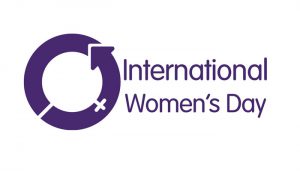

More recently, we celebrated International Trans Day of Visibility. Soon it will be Pride Month and then Black and Disability History Months. These occasions mark opportunities for everyone to celebrate and show support for these groups, yet we do not often seen enough of the ‘majority’ participating in these celebrations in my view. This is a key challenge I want to address in the work we do.
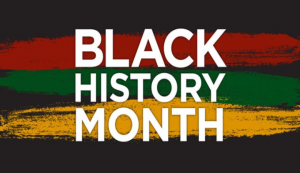
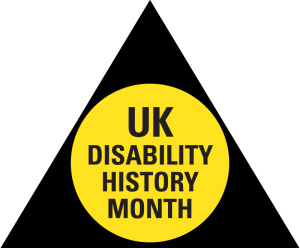
Why?, you might say.
As we are still close to International Women’s Day (and closer to International Trans Day of Visibility), let’s consider the subject of gender equality.
It is vital that we include men in these conversations, not least because they make up about half of the global population — and (still) hold the majority of leadership positions globally. In 2018, men held 77.5 percent of Fortune 500 board seats, while women held just 22.5 percent of board seats. Indeed, women are typically underrepresented at every level of leadership and management in large organisations.
It stands to reason that the best way to move conversation to action is to include all of us in the equation.
What can men do to be more effective allies? Allyship is a deeply personal issue. An ally is someone who asks — and doesn’t assume — what another person needs. Men can listen to women and pay attention to the specific ways in which we want to be supported, learn when to step back and when to step in.
Individual actions make an enormous impact, but equally – if not more – important are systemic, organizational efforts that support women and advance gender equality. Equality is a leadership opportunity. Men, as I have said, hold most leadership positions in the world at the moment, so they have the unique opportunity to take action and spearhead change.
A university like King’s has a unique ability to shape and influence gender norms. Where shall I start? We are a community that is 30,000 strong. We do global research that impacts so many areas. We educate the leaders of the future from across the globe and every sector. Yet despite these opportunities I don’t feel we are quite realising our potential and there’s little guidance on how to effectively engage men. So, I’ve been reflecting on what I have learnt over the years
What will help?
Shifting individual attitudes and behaviours.
Of course, many men support gender equality, but some may feel threatened by it or even actively oppose it. My experience suggests three reasons why some men may not engage with the issue:
1) “apathy,” or feeling like gender equality isn’t critical to the success of the organisation or society,
2) “ignorance,” or the perception that gender bias doesn’t exist in the workplace, and
3) “fear,” either of saying the wrong thing or losing out, such as the idea that asking for parental leave will reduce their chances of promotion.
There’s no one-size-fits-all solution but we address these challenges through raising awareness – through blogs like this, our events and things like our Diversity Matters training, and soon our mutual mentoring programme (watch this space for more info). As an ally you can be proactive. Get involved with these things!
Making organization-wide commitments for more diverse and equal workplaces
For real impact, we need actions that support individual shifts in attitudes combined with broader, institutional commitments that enable equality and inclusion to thrive. This requires that leaders clearly articulate how gender equality is core to an organization’s overall success and actively support efforts on strategic, cultural, and policy levels.
At King’s we have been doing many of these things. I urge all those that see themselves as allies to:
- notice what’s going on, recognise the role they play in equality and advocate for them;
- make clear, time-bound, public commitments to engage men as allies, as part of pursuing an equal and diverse workplace – for example through our networks and Athena Swan work;
- model inclusive behaviour “from the top”, demonstrating leadership skills such as curiosity, cultural intelligence, and collaboration – for instance by our entire senior management team undertaking a structural inequality development programme;
- take steps to show commitment to understanding different perspectives – through surveys, focus groups, reverse town halls and reverse mentoring programmes;
- implement “every-day,” organization-wide changes that everyone upholds to help build an inclusive culture for example by ensuring that big projects have gender-balanced teams – our efforts to equality impact assess REF and commitments for the future are pertinent here;
- ensure our policies tackle structural barriers to gender equality by, for example, developing specific policies that enable staff to undertake care-giving, including paid and non-transferable, gender-neutral parental leave and flexible working arrangements;
- foster a safe and respectful workplace for all genders, demonstrating that we don’t tolerate sexual harassment and mistreatment, that we address gender beliefs and stereotypes that contribute to harassment, and ensure that reporting systems are in place.
Policies around flexible working or parental leave can even the playing field for all of us. However, blanket policies impact individuals differently. What would it be like if we had an approach where our team could choose where and when they worked so long as they produced excellent work on time? Those of us who have had the benefit of working with a fully flexible, dispersed team in which they can tap into a wide talent pool of motivated and engaged people looking to balance work with other priorities in their life, know flexible working makes excellent sense. The idea that this is just not possible in some roles has often held our thinking back but look at what’s happening in this time when globally we are being forced to think and work differently. It’s amazing what turns out to be possible, after all.
There is no single answer for any equality challenge, so engaging men as allies is not a silver bullet. We need men to build on women’s efforts and organizations, not replace them. We need men to find and act on their own motivations for achieving gender equality. Without a doubt though, effectively engaging men as part of broader, intersectional approaches to creating more inclusive workplaces gives us the opportunity to tackle long standing power dynamics and create long-term, systemic change. Our community working together for gender equality will ultimately bring benefits to all genders , to our university business and to society.
On International Women’s Day I urged our community to keep the spirit going every day. I challenge each of you, regardless of the gender you identify with or the position you hold, to commit to one action to advance equality. It can be as small as listening, or as big as changing organizational policies, but I promise you that its impact will be enormous. This is allyship.

